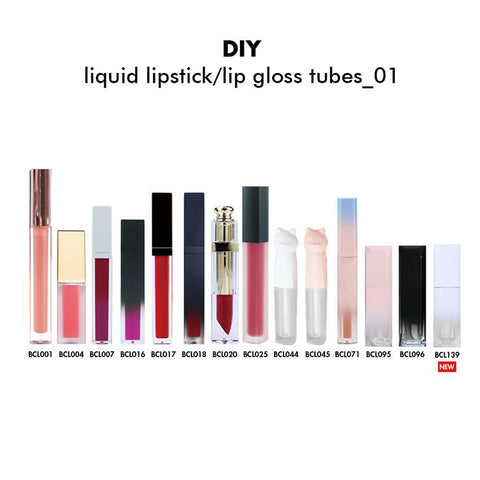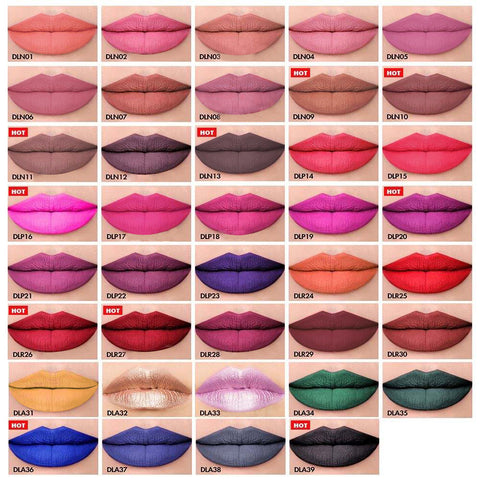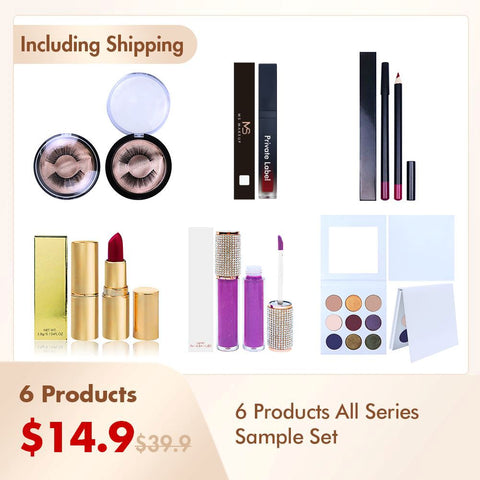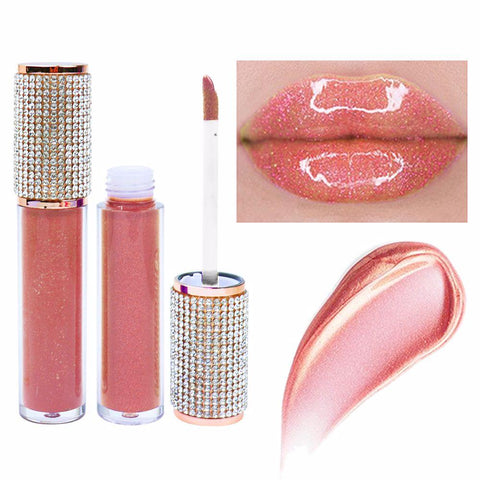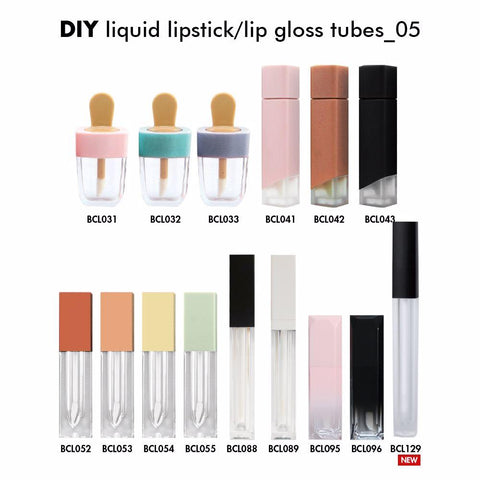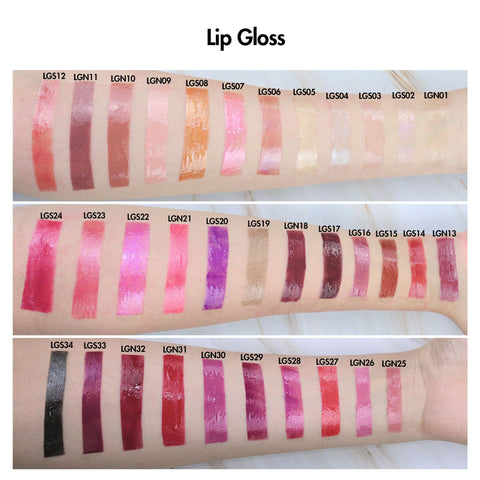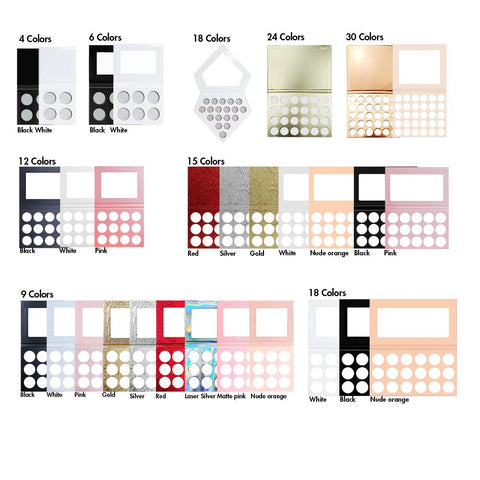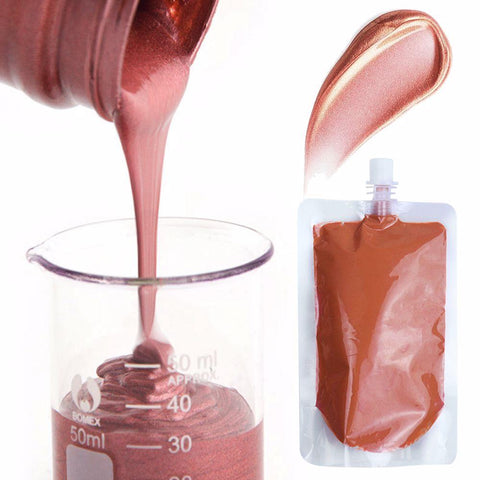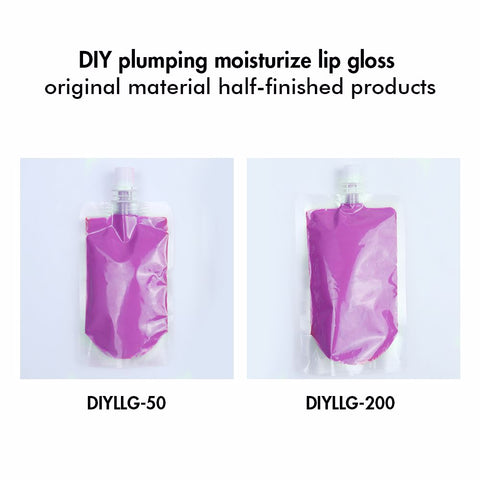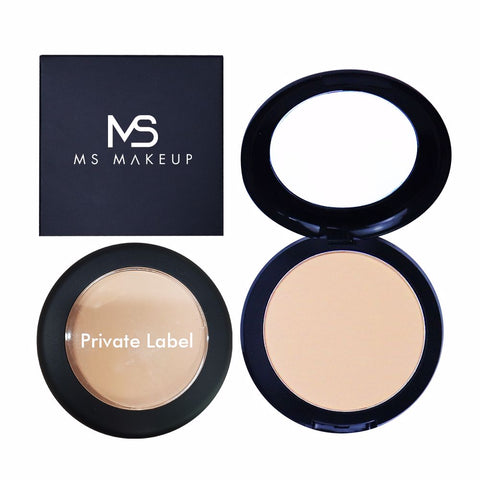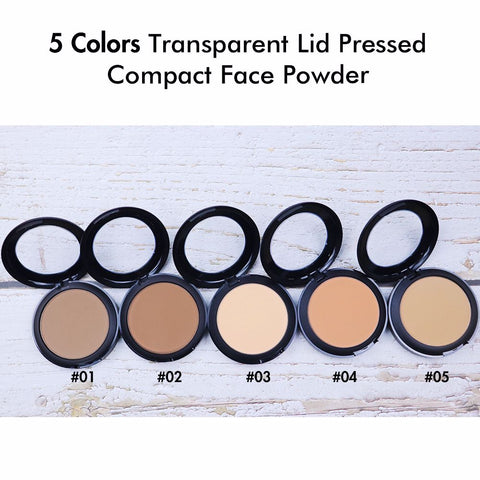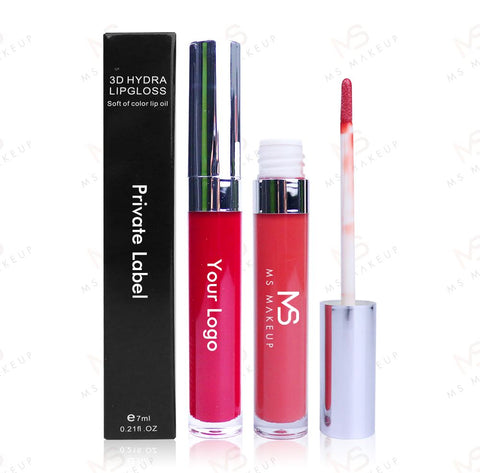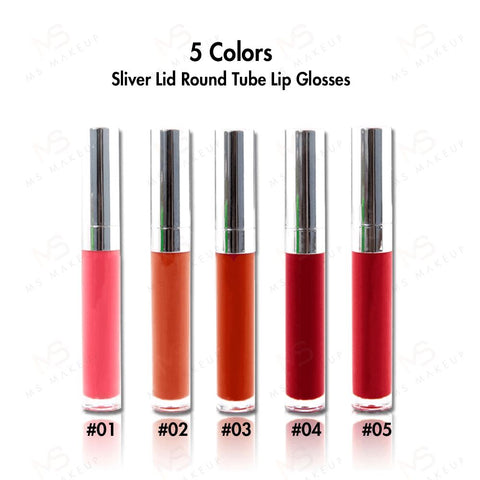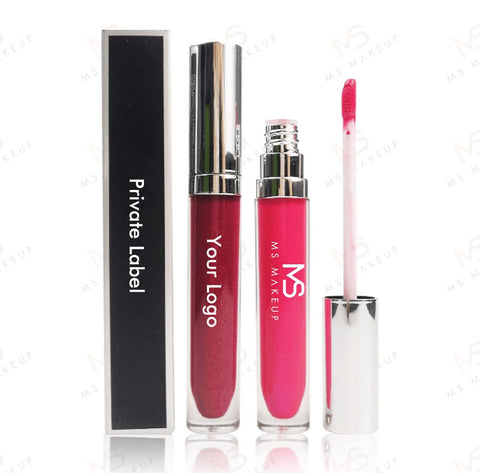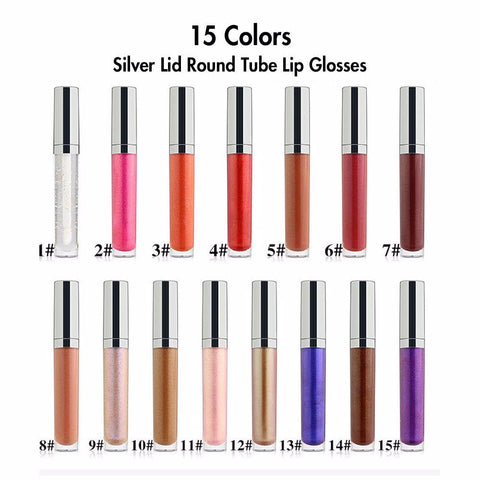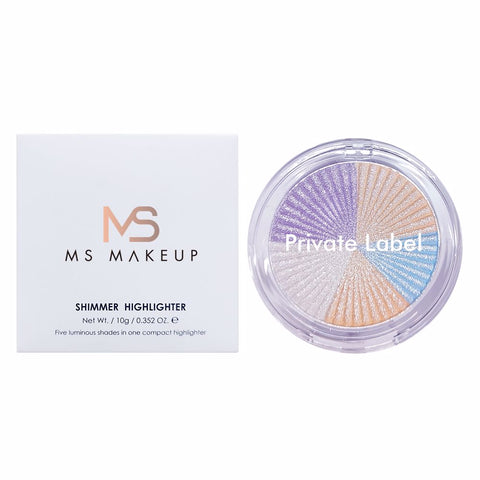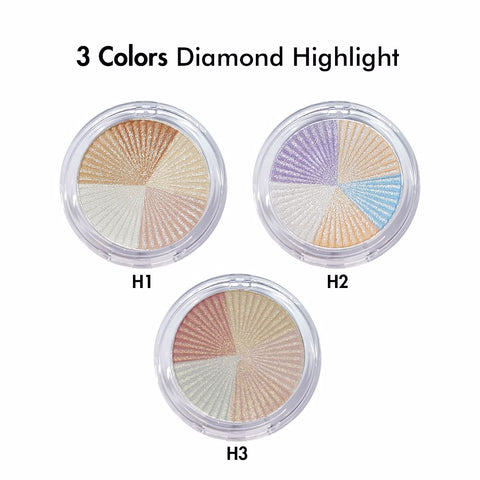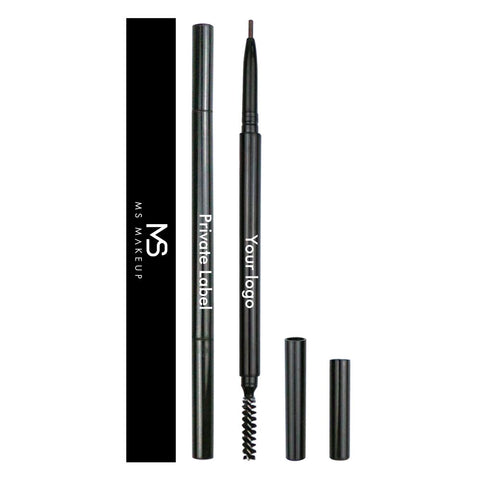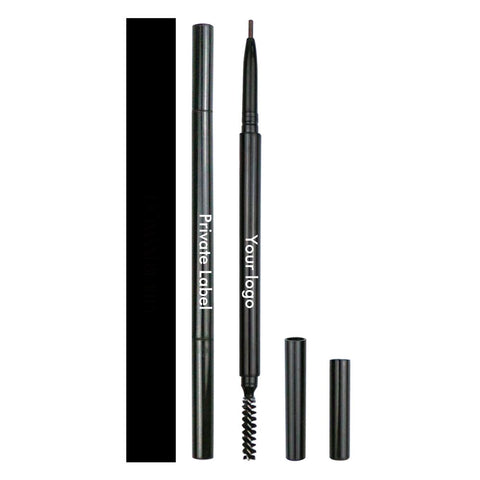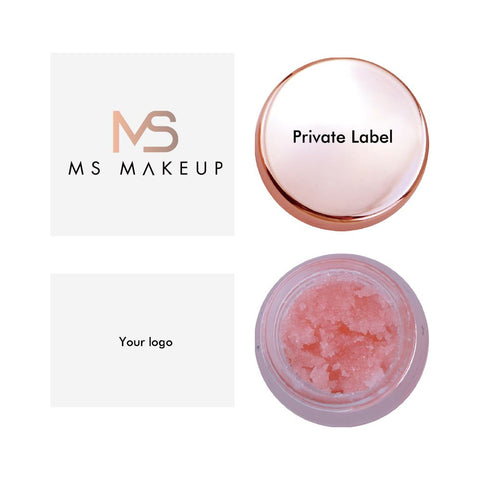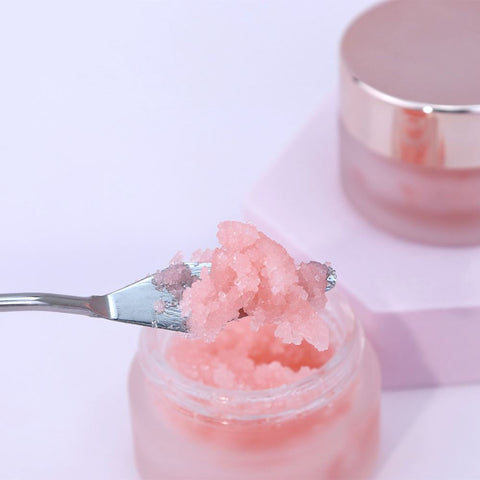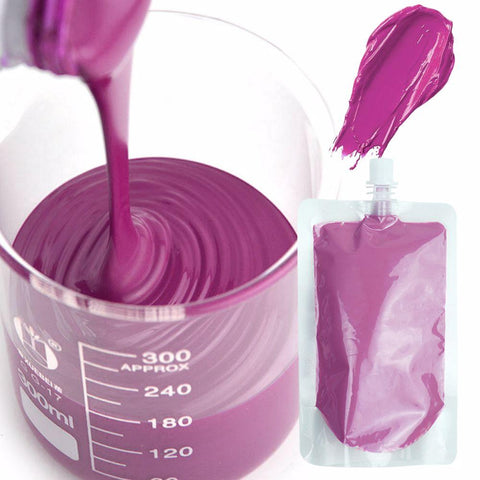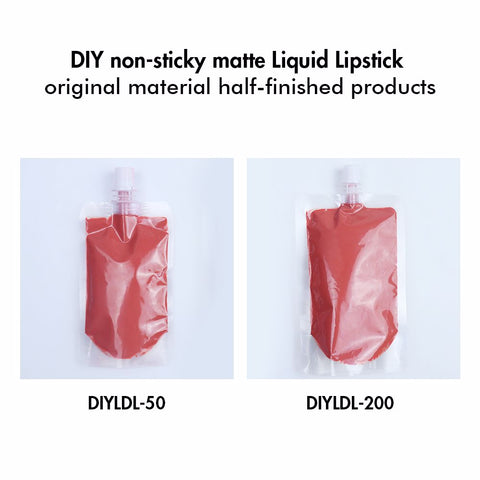Packaing Values
When considering packaging options, it’s imperative that consumer package goods companies view the whole picture when it comes to value assessment and finding ways to trim costs, because the perception (success) of their brands depends on it. It doesn’t do a brand any good to reduce or eliminate costs that can have a negative effect on consumers’ perception of the “brand in the hand.” Because it’s all about what they feel once they pick the package up off the shelf.
Does your product pass the “brand in the hand” challenge?
Material
Of course, you want to make sure that you choose the right packaging material. And while the functional purpose of packaging is to hold and protect whatever is inside it, when it comes to the perception of its value, there are many factors to consider, such as:
· Color – Do the packaging contents need protection from the damaging effects of light penetration? Does the material enable color match to brand standards?
· Environmental concerns – Can the package be reused, refilled or recycled? Is this an important consideration for the brand? What’s the wiser choice – glass, plastic, metal? Will reducing the quantity of material (lightweighting) affect quality or performance?
· Compatibility of packaging elements – Does the delivery system (i.e., dispenser) integrate well (functionally and aesthetically) with the container? Is there proper weight balance among the elements so that functionality and design continue to perform well as the product is dispensed?
· Consumer us – Is the integrity and durability of the package – and its components – fully functional through the entire consumer use cycle? Does it hold up during and throughout use?
Aesthetics
Given the sheer number of similar products, in virtually every product category in the marketplace, design is a key differentiator – what a package is “wearing” can be just as important as what is inside it. Consumers make decisions based on the way a product is “dressed”; all too often it’s the outer dressing that entices a consumer to pick one particular package over another from a crowded shelf of similar types of products for further examination. While function may be all about the brain, form (aesthetics) goes right to the heart. And let’s face it – in many instances emotion is what sells the customer.
And because many shoppers have a leaner shopping budget as they walk the supermarket aisles, they’re on the lookout for brands that don’t look like they’ve invested excessively in packaging and decorating.
A savvy packaging consultant will help a customer navigate choices related to:
· Shape – How does the package feel in the hand? Is it easy to hold or awkward? How will it “fit” the area in which it will be used? · Look and feel – Who is the intended audience?Is the decorating compatible with the packaging material if can be recycled? When is “less” really “more” (no-frills packaging)?
· Decorating technology – Are the inks soy-based and the labels recyclable along with the packaging? Will texture, gradient tones, metallics add value on the shelf at a reasonable cost to the product?
Brand Equity
You have a great product. What is your packaging design doing to advance your brand? An experienced supplier understands your brand identity and personality and what your packaging must do to stay on brand point.
· Expectations – Does your packaging meet consumer expectations of your brand? Does the package they see in your advertising show up on the shelf with the same perceived value?
· Influence – Does the packaging influence brand loyalty consistently at every touchpoint? Will they tweet about it? “Like” it on Facebook?
· Relationship building – Is the brand positioning reflected in the total package? If it’s a luxury item, does it project style, quality and exclusivity? If more of a commodity, does the packaging effectively establish differentiation and distinction? Does it elevate the brand/value proposition with customers?
· Social consciousness – Do the brand and packaging mirror consumers’ thoughts and feelings about environmental responsibility? Are the materials relevant? Is the decorating consistent? Does it deliver on the overall brand promise?
Sustainability
More and more, today’s consumers are concerned about the environmental impact of packaging. Does your packaging design provide a compelling statement about where you stand on this issue? It had better because environmentally conscious consumers will often make a purchase decision based on their perception of your “green” commitment. Establishing the perception in the mind of the consumer that you’re environmentally committed and responsible adds value to your brand.
Important considerations include:
· Sourcing – You may be sourcing a container that’s made from entirely from post-consumer regrind (PCR), but if you’re in Florida and the supplier is in Washington, how is transportation (i.e., burning of fossil fuels) affecting your carbon footprint? And that of the consumer?· Corporate Profile – Are you raising awareness of corporate sustainability efforts through your packaging? “Green branding” in your packaging shows that you’re walking the talk, not just talking it. A statement about the packaging itself or your corporate initiatives lets consumers know exactly where you stand. Example: H.J. Heinz Co. has decided to adopt Coca-Cola’s PlantBottleTM Packaging for its ketchup bottles. The bottles will debut in this summer with the phrase, “GUESS WHAT MY BOTTLE IS MADE OF?” on the label to demonstrate the company’s reduced reliance on fossil-based, nonrenewable resources.· Packing and boxing – What about packing and boxing for transport? What options are available? Can selection of packing and boxing before deciding on a package add to the overall value equation and package selection criteria?
Logistics
Speed-to-market is critical along all stops in the packaging supply chain and logistics add value. You can reduce your packaging costs without sacrificing quality by streamlining design for most efficient transport, warehousing and shelf spacing.
· Transportation – Does your packaging positively influence transportation costs? Is it lighter, smaller, easier to load larger quantities on pallets? Does the size and shape affect the number of products that fit in boxes, on pallets, on shelves?
· Availability – Is the packaging a stock item? Do lead times cause speed-to-market issues? Can you swap one package for another without affecting function/performance?
· Warehousing – Can your supplier warehouse excess packaging until needed so you can save by ordering larger quantities?
· Order on Demand – What about selection of packaging components that are readily available for quick production? This may prove to be a cost-saving alternative as well when warehousing isn’t an available option.
When it comes to value analysis, there are a lot of moving parts to keep in mind. A knowledgeable packaging consultant can help you navigate through the maze of available options and save you money without sacrificing brand equity, quality or functionality, along with keeping your sustainability initiatives always top-of-mind.
Sample Block Quote
Praesent vestibulum congue tellus at fringilla. Curabitur vitae semper sem, eu convallis est. Cras felis nunc commodo loremous convallis vitae interdum non nisl. Maecenas ac est sit amet augue pharetra convallis nec danos.
Sample Paragraph Text
Praesent vestibulum congue tellus at fringilla. Curabitur vitae semper sem, eu convallis est. Cras felis nunc commodo eu convallis vitae interdum non nisl. Maecenas ac est sit amet augue pharetra convallis nec danos dui.
Cras suscipit quam et turpis eleifend vitae malesuada magna congue. Damus id ullamcorper neque. Sed vitae mi a mi pretium aliquet ac sed elitos. Pellentesque nulla eros accumsan quis justo at tincidunt lobortis denimes loremous. Suspendisse vestibulum lectus in lectus volutpat, ut dapibus purus pulvinar. Vestibulum sit amet auctor ipsum.
